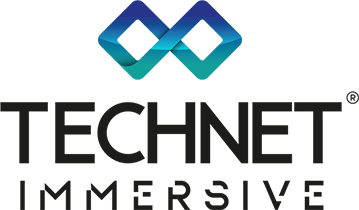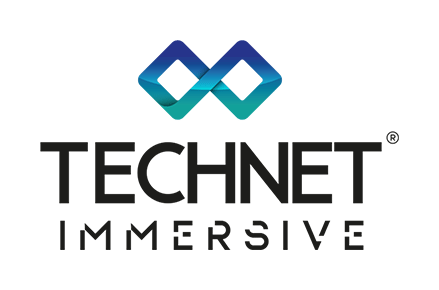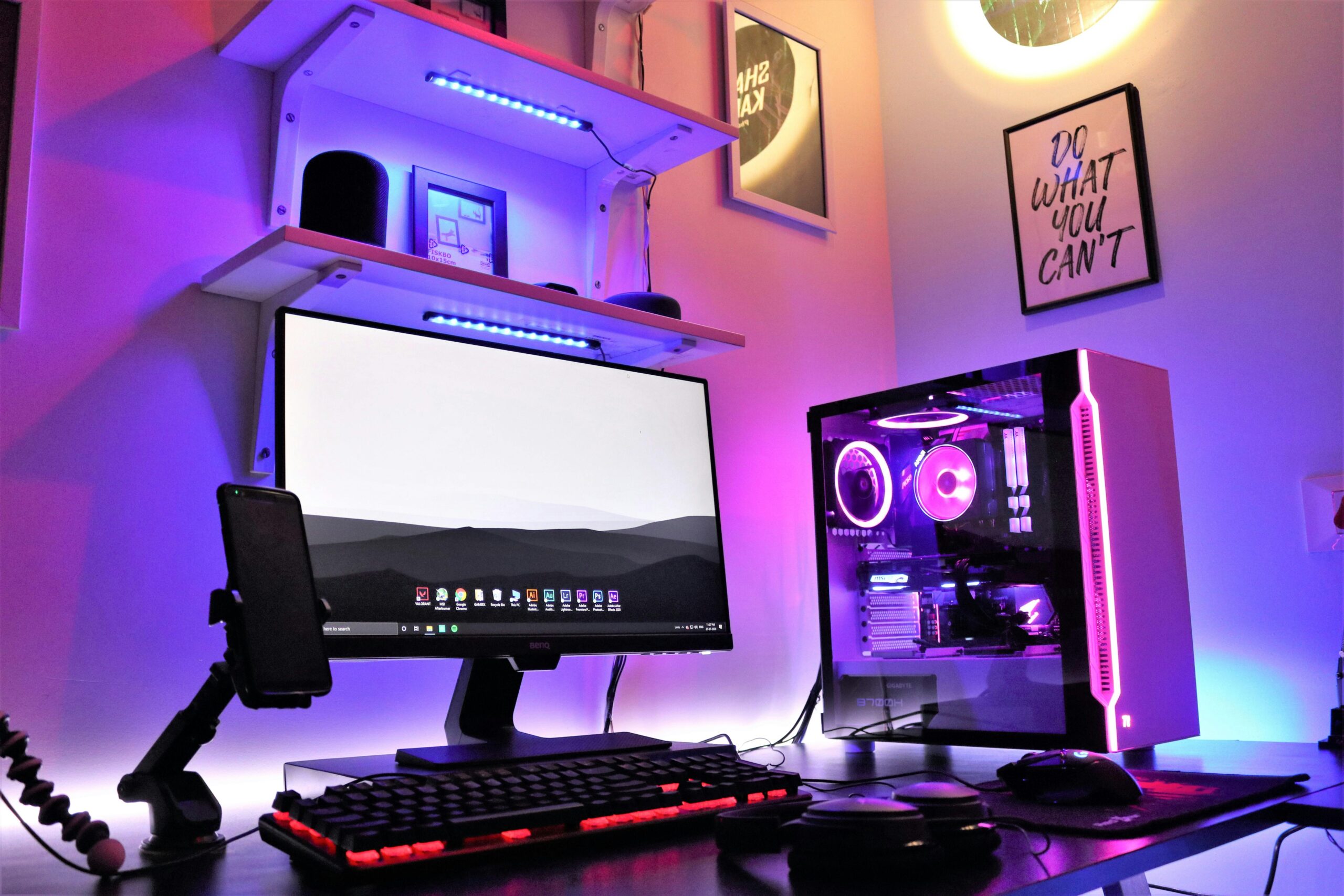
Gaming & Immersive Tech Recruitment: 7 Ways You’re Losing Top Talent
In gaming & immersive tech recruitment, talent is in high demand, and expectations are higher than ever. Whether you’re hiring a Unity developer, Unreal Engine technical artist or a narrative designer, these candidates are deeply engaged in their craft and selective about where they land next.
At TechNET Immersive, we often see great studios lose out on great candidates. Not because the role isn’t compelling, but because the hiring process misses industry-specific cues. Here are 7 mistakes that could be driving your top candidates elsewhere…
You’re not showcasing the project
Immersive and gaming professionals want to know what they’ll be building. If you’re cagey about the project’s vision, game engine or creative scope, you’ll lose candidates to studios that offer transparency and excitement.
Fix it: Even if you can’t name the IP, give a strong flavour of the gameplay, visual style, tech stack and creative challenges. Show passion, because your candidates certainly will.
You’re underestimating the indie vs AAA mindset
A VR developer used to agile, indie-style sprints might not thrive in a rigid, corporate pipeline. Misalignment here leads to early dropouts or fast turnover.
Fix it: Be clear about your studio size, team structure and development approach. Cultural fit matters as much as technical fit in this space.
Your test assignments are overkill
In gaming and immersive tech, studios often request time-consuming test builds or technical art samples—but forget that these candidates are often juggling freelance contracts or other offers.
Fix it: Keep assessments lightweight, relevant and respectful of time. Or better yet, review their portfolio and use interviews to dig deeper.
You’re not flexible on remote or hybrid working
Many immersive tech professionals have built careers remotely. If your job ad insists on on-site work without justification, expect engagement to drop.
Fix it: Offer hybrid or remote flexibility where possible, especially for contract or creative roles. Bonus: this opens up access to global talent pools.
You’re ignoring the role of passion projects
Developers and artists in this space often have side projects, indie games or VR prototypes. Dismissing these as “distractions” or irrelevant is a fast way to alienate talent.
Fix it: Celebrate creative passion. Candidates often learn cutting-edge tools or workflows through side work. Use that as a sign of innovation, not risk.
Your hiring timeline doesn’t match the dev cycle
If you take too long to hire, you may lose top candidates – especially when they’re looking to time their move around release cycles, contract endings, or new-gen hardware launches.
Fix it: Understand your target candidates’ availability windows and keep your process snappy. Time-to-hire can make or break your next milestone.
You’re not speaking their language
Posting a generic “software engineer” ad won’t attract an Unreal Engine specialist or gameplay systems designer. In immersive tech, the language must match the niche.
Fix it: Use role-specific terms, reference relevant engines or platforms (Unity, Unreal, WebXR, SteamVR), and understand what excites each talent pool. This isn’t generalist tech hiring.
Let’s fix your hiring process
At TechNET Immersive, we go beyond job boards. We understand the gaming and immersive world from the inside out. We help studios and companies hire creatives, coders, artists and innovators with the right cultural and technical fit.
Need help refining your hiring strategy, job ads or interview process? Get in touch with TechNET Immersive today.






